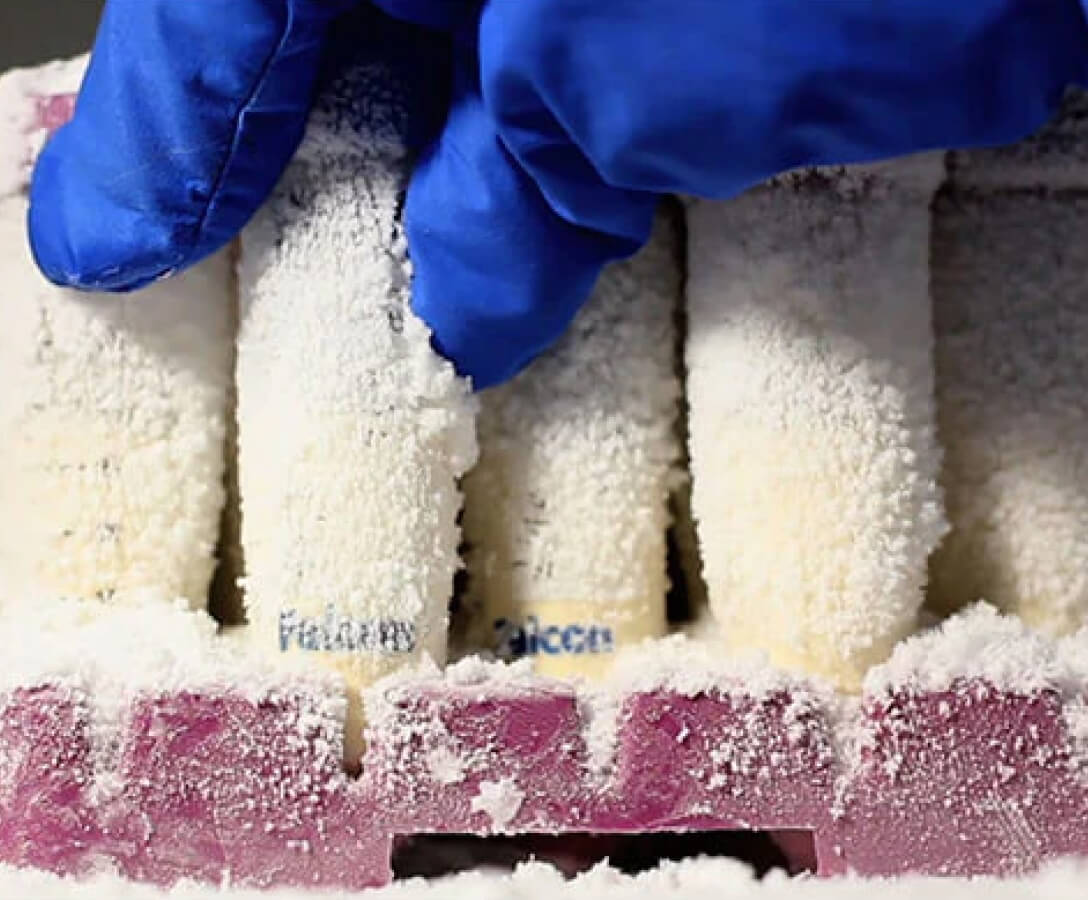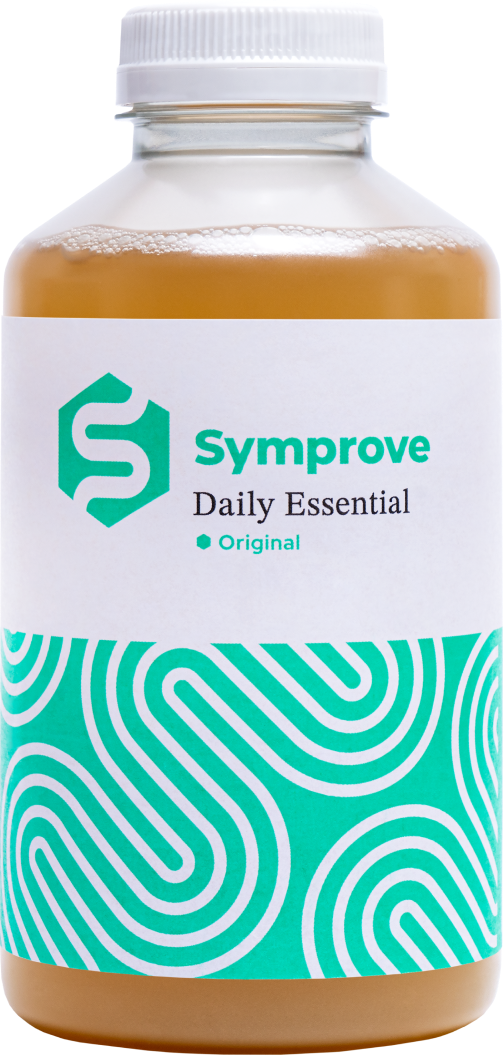Gut microbiome-targeted therapies aim to restore microbe-host homeostasis by influencing the composition and functionality of the gut microbiome ecosystem. Examples of gut microbiome targeted therapies include:
Probiotics: ‘live microorganisms which when administered in adequate amounts confer a health benefit on the host’ (Hill et al 2014)
- Can be found in food products or food supplement form (liquids, tablets, capsules, sachets)
- Probiotics modulate the gut microbial ecosystem, prompting microbe-host interactions. Some probiotic mechanisms of action are widespread among strains (e.g. production of short chain fatty acids), others are more specific (e.g. vitamin synthesis)
- Evidence for probiotic use lies in specific clinical scenarios such as gut disorders (e.g. irritable bowel syndrome; IBS and antibiotic-associated diarrhoea)
Prebiotics: ‘a substrate that is selectively utilized by host microorganisms conferring a health benefit’ (Gibson et al 2017)
- Prebiotics naturally occur in many plant-based foods. Prebiotics can be found in food supplement form (e.g. galactooligosaccharides, fructooligosaccharides, inulin)
- Prebiotics modulate the gut microbial ecosystem by acting as a substrate for gut microbes. Prebiotic mechanisms of action include immunomodulation and improvements in mucosal-barrier function
- Evidence for prebiotic use lies in specific scenarios such as improved absorption of nutrients and satiety
Postbiotics: ‘preparation of inanimate microorganisms and/or their components that confers a health benefit on the host’ (Salminen et al 2021)
- Postbiotics are derived from inactive or dead microbes – this may include intact cells or fragments (e.g. cell walls)
- Proposed postbiotic mechanisms of action include immunomodulation and enhancing mucosal-barrier function
- Accumulating evidence suggests that postbiotics have potential to confer beneficial effects
Faecal-microbiota transplantation (FMT): transplantation of faecal contents from a health donor to a recipient to re-establish the gut microbiome
- Administration routes include rectal enema, oral capsules, or nasogastric tube
- FMT can be effective for recurrent or refractory Clostridioides difficile infection
- Clinical areas such as gastrointestinal disorders (e.g. IBS and inflammatory bowel disease) are being explored
References:
- Hill C, et al. Nature Reviews Gastroenterology & Hepatology 2014;11:506–14.
- Gibson GR, et al. Nature Reviews Gastroenterology & Hepatology 2017;14:491–502.
- Salminen S, et al. Nature Reviews Gastroenterology & Hepatology 2021;18:649–67.



